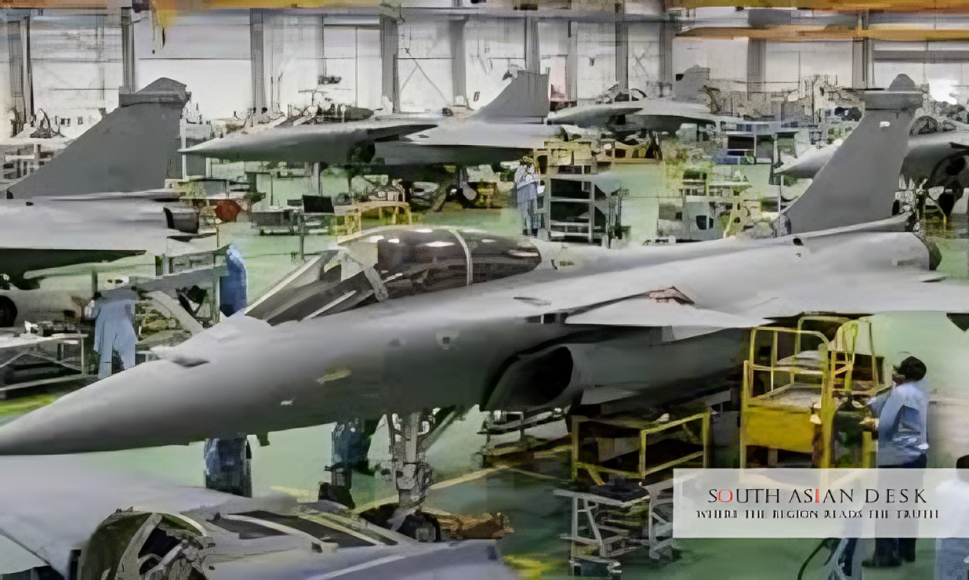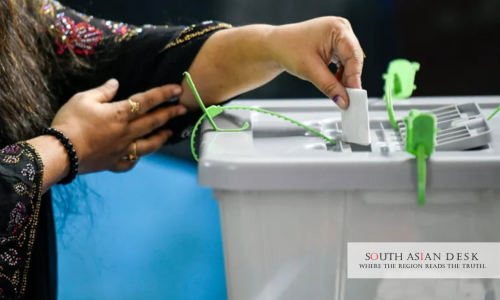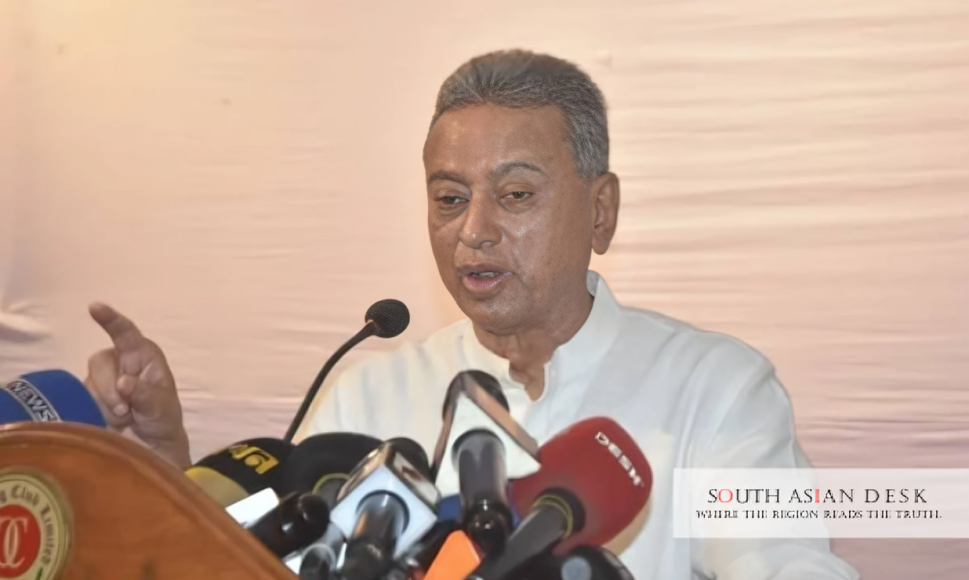India cleared $9 billion arms proposals on Thursday, chaired by Defence Minister Rajnath Singh, to acquire advanced missiles, naval guns, and vehicles for its armed forces. The Defence Acquisition Council (DAC) meeting in New Delhi focused on enhancing operational capabilities across the Army, Navy, and Air Force. This move addresses key gaps in firepower and logistics. The total value stands at INR 79,000 crore.
Regional Security Implications
These approvals under India DAC arms procurement 2025 come at a critical juncture for South Asia. With ongoing border tensions along the Line of Actual Control and maritime challenges in the Indian Ocean, the deals fortify India’s deterrence posture. They promote self-reliance through indigenous tech while countering adversarial advancements, ensuring stability in a volatile neighbourhood.
India DAC Arms Procurement 2025: Overview of Approvals
The DAC, the highest decision-making body for defence buys, greenlit multiple projects during its October 23 session. This batch of India clears $9 billion arms proposals prioritises quick induction of systems vital for modern warfare. Officials emphasised the role of these acquisitions in bridging capability voids exposed in recent exercises.
The portfolio spans land, sea, and air domains. It aligns with the government’s Atmanirbhar Bharat initiative, favouring domestic manufacturing where possible. For instance, several items involve DRDO-developed tech, reducing import dependence.
Indian Army Gains Edge with Missile and Intel Systems
The Army secured nods for three key procurements. First, the Nag Missile System (Tracked) Mk-II, or NAMIS, targets enemy armoured vehicles, bunkers, and fortifications from mobile platforms. This fire-and-forget anti-tank guided missile extends engagement ranges beyond 4km, enhancing infantry support in rugged terrains.
Next, the Ground Based Mobile ELINT System provides continuous surveillance of enemy radar and communication signals. It enables real-time threat assessment, crucial for electronic warfare dominance.
High Mobility Vehicles fitted with material handling cranes will streamline logistics in high-altitude and desert zones. These 6×6 platforms carry up to 5 tonnes, improving supply chains for forward units. These Army-focused elements form a cornerstone of India DAC arms procurement 2025, directly addressing mobility and strike needs.
India Missile Naval Guns Deal Boosts Maritime Firepower
The Navy emerged as a major beneficiary in this India missile naval guns deal. Approvals cover Landing Platform Docks, versatile ships for amphibious assaults and multi-service operations. LPDs will integrate Army troops, Air Force assets, and naval forces for rapid deployments, including humanitarian aid and disaster relief missions in the Indo-Pacific.
A standout is the 30mm Naval Surface Gun, deployable on warships and coast guard vessels. It bolsters low-intensity operations like anti-piracy patrols in the Arabian Sea and Bay of Bengal. The gun’s remote-controlled mount ensures precision fire against small threats.
Advanced Light Weight Torpedoes, crafted by DRDO’s Naval Science and Technological Laboratory, target surface and underwater vessels, including midget submarines. Their lightweight design suits helicopters and smaller ships, expanding anti-submarine warfare reach. Additional Navy items include Electro-Optical Infra-Red Search and Track systems for enhanced detection in cluttered seas, and smart ammunition for 76mm super rapid gun mounts. This precision-guided round improves hit rates during naval engagements.
The India missile naval guns deal underscores a shift towards layered maritime defence, vital for securing sea lanes amid South Asian rivalries.
Air Force Eyes Long-Range Precision Strikes
The Air Force received clearance for the Collaborative Long Range Target Saturation/Destruction System, a loitering munition with autonomous capabilities. It handles take-off, navigation, and payload delivery independently, ideal for deep strikes against high-value targets.
Other Air Force proposals, though not detailed publicly, likely include upgrades to existing fleets. This infusion supports the force’s pivot to network-centric operations.
Background: Evolution of Defence Modernisation
India’s defence spending has surged over the past decade, with capital outlays rising 15% annually. The DAC, established in 2001, streamlines acquisitions to cut delays that once plagued projects. Recent years saw similar approvals, like the $8.5 billion package in 2023 for missiles and helicopters. This round reflects lessons from the Galwan clash and Operation Sindoor, where gaps in real-time intel and rapid response surfaced. Indigenous content mandates, now at 50% for most deals drive firms like Bharat Electronics and Larsen & Toubro to scale production.
In South Asia, such procurements ripple across borders. Pakistan’s recent acquisitions of Chinese submarines prompt India’s counter-moves, while China’s naval expansion in the Indian Ocean necessitates robust patrols.
What’s Next: Implementation and Indigenisation Push
Contracts will follow Acceptance of Necessity, with trials slated for early 2026. Vendors must meet offset clauses, funneling tech transfers back home. The government targets 70% domestic sourcing by 2027. India clears $9 billion arms proposals sets the tone for fiscal 2026 budgets, potentially unlocking more funds for cyber and space domains. As tensions simmer, these assets will underpin India’s strategic autonomy.
In conclusion, this landmark decision in India DAC arms procurement 2025 not only equips forces with cutting-edge tools but also cements India’s role as a net security provider in South Asia. The India missile naval guns deal exemplifies balanced growth across services, promising heightened readiness against emerging threats.
Published in SouthAsianDesk, October 24th, 2025
Follow SouthAsianDesk on X, Instagram, and Facebook for insights on business and current affairs from across South Asia.






